Students of a January 2023 St. David’s Institute course have their icons of St. George and the Dragon blessed. | Photo: Jeanne Weaver
On Monday, Dec. 5, seven students gathered for a week-long iconography class hosted by the St. David’s Institute at St. David’s-by-the-Sea, Cocoa Beach. The third of its type taught by Jeanne Weaver, artist-in-residence for SDI and board member of The Episcopal Church and Visual Arts, the class is part of what seems to be a rising interest in iconography in the Diocese of Central Florida.
Under Weaver’s encouraging instruction, students replicated an icon she wrote this year called “The Three Persian Magi,” based on “The Three Magi” at the Basilica of Sant’ Apollinare Nuovo in Ravenna, Italy. The original mosaic, created in A.D. 565, is one of the most monumental depictions of the magi, and while it is not a traditional icon, that was part of Weaver’s draw to it.
“All Who Call on the Name of the Lord Will Be Saved,” icon by Jeanne Weaver, presented and blessed on Pentecost 2023, St. David’s-by-the-Sea, Cocoa Beach | Photo: Jeanne Weaver
“I’m not an icon traditionalist,” she explained. “I believe icons in the 21st century need to represent the 21st century.”
Weaver explained that since iconography is a form of prayer, all people can be inspired to create or adapt an icon, and that God communicates with us today just as he guided original iconographers. That foundation drew Weaver to iconography.
A lifelong artist who offers both commissioned work and private instruction, Weaver took her first iconography workshop in 2002 at Bruton Parish in Williamsburg, Virginia, under the instruction of an Orthodox priest. Following the death of her son, who was killed in action in Afghanistan in 2011, she began a yearlong series of paintings based on his life and death.
“There were times when I felt I was not in charge of the brush I was holding,” she said. “My vocation as an artist changed. My art became a ministry.”
Just a few years later, in 2009, the Rev. Marcia Allison, a seminarian’s wife who would later be ordained to the diaconate, met an iconographer at Zion Episcopal Church in Oconomowoc, Wisconsin, who taught iconography classes in her basement. “I was hooked from the moment I started,” she said. “I spent as much time as she would let me over the next three years in her basement for one-on-one instruction.”
Eventually, the student became a teacher, and Allison began leading her own classes, including a course for children at Nashotah House in Nashotah, Wisconsin. Allison has taught iconography classes at her current parish, St. James, Ormond Beach, and will be teaching a one-day shadow iconography class at the annual meeting of the diocesan Daughters of the King in January. She also offers private instruction; one of her students is Twyla Dallman, 18, daughter of the Rev. Matthew Dallman, rector of St. Paul’s, New Smyrna Beach.
After revisiting iconography during the pandemic, Weaver began offering classes for SDI, including “St. George and the Dragon” and “The Divine Pelican,” an original icon by Weaver. She considers it a joy to experience new generations of iconographers falling in love with this ancient form of art and prayer.
“In my first SDI class, our youngest student was 11 and our oldest, 93,” she said. “It was amazing to teach people from so many backgrounds, ages and abilities in art, but God spoke to each of them in this form of prayer.
One student, Judy Guzman, has been fascinated by icons for years and was delighted to have the opportunity to take the course. “I have discovered the practice of icon writing as a new contemplative spiritual practice,” she said. Guzman, who hopes others will take iconography classes when presented with the opportunity, added, “You do not need to be an artist. All you need is a heart open to an encounter with God.”
Jet Taylor, who at 11 is Weaver’s youngest student, was initially introduced to iconography in a unique place: his father’s tattoo.
“My dad is friends with an Orthodox priest who is a tattoo artist and an iconographer,” said Taylor, whose father is the Rev. Dr. Porter Taylor, rector of St. David’s by-the Sea. “One of my first memories is my dad getting his icon tattoo, so I’ve always loved them.”
Encouraged by Weaver, Taylor registered for the SDI class. “Taking that class was so cool,” he said. “I feel like God’s hand was guiding me and that he was telling me what to do even though I was nervous about how it would turn out.”
Allison, whose icons are now located in seven countries, said she loves it when children are inspired by icons. Like Weaver, she believes there is much to be learned from iconography.
“There is a part of the tradition that is fascinating that you want to stick to, but you also have to allow yourself to be free to connect to the work,” she said. “It’s not the outcome and what it looks like that matters. It’s the journey that is so important.”
